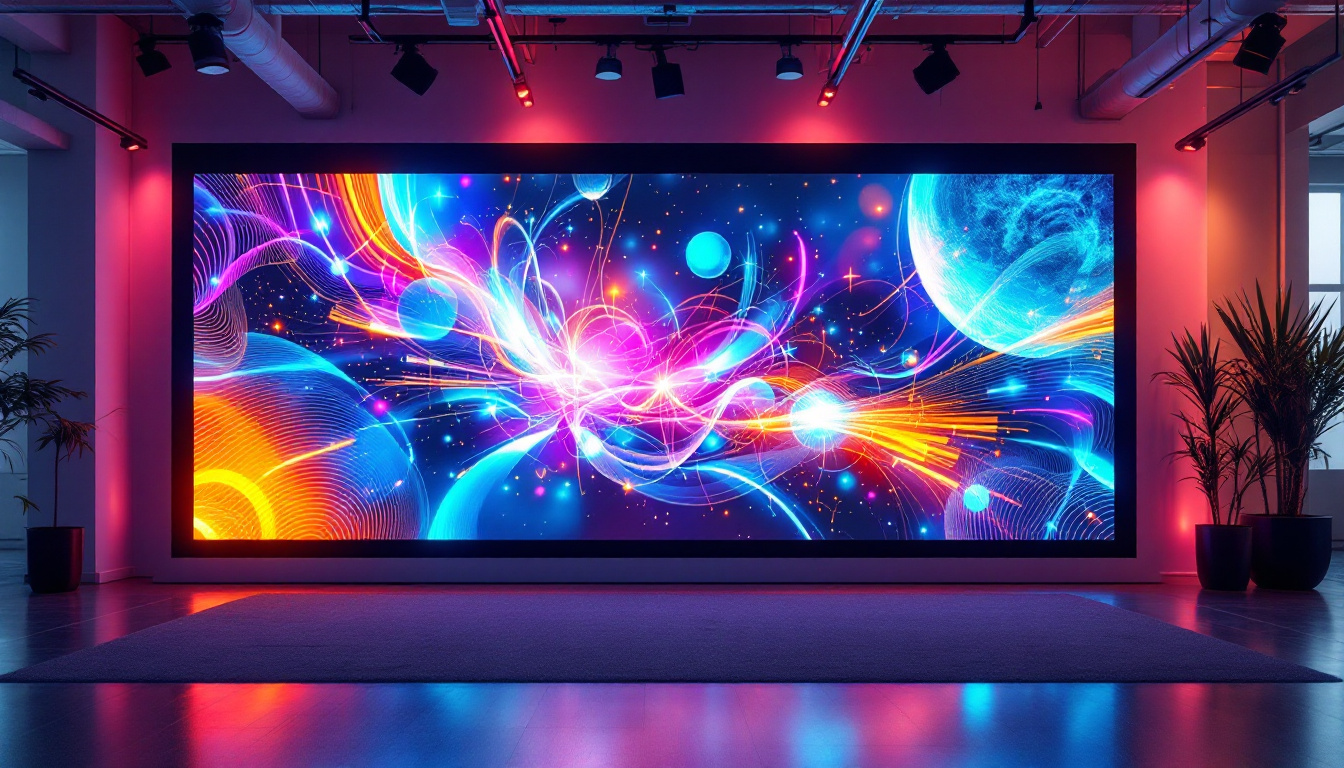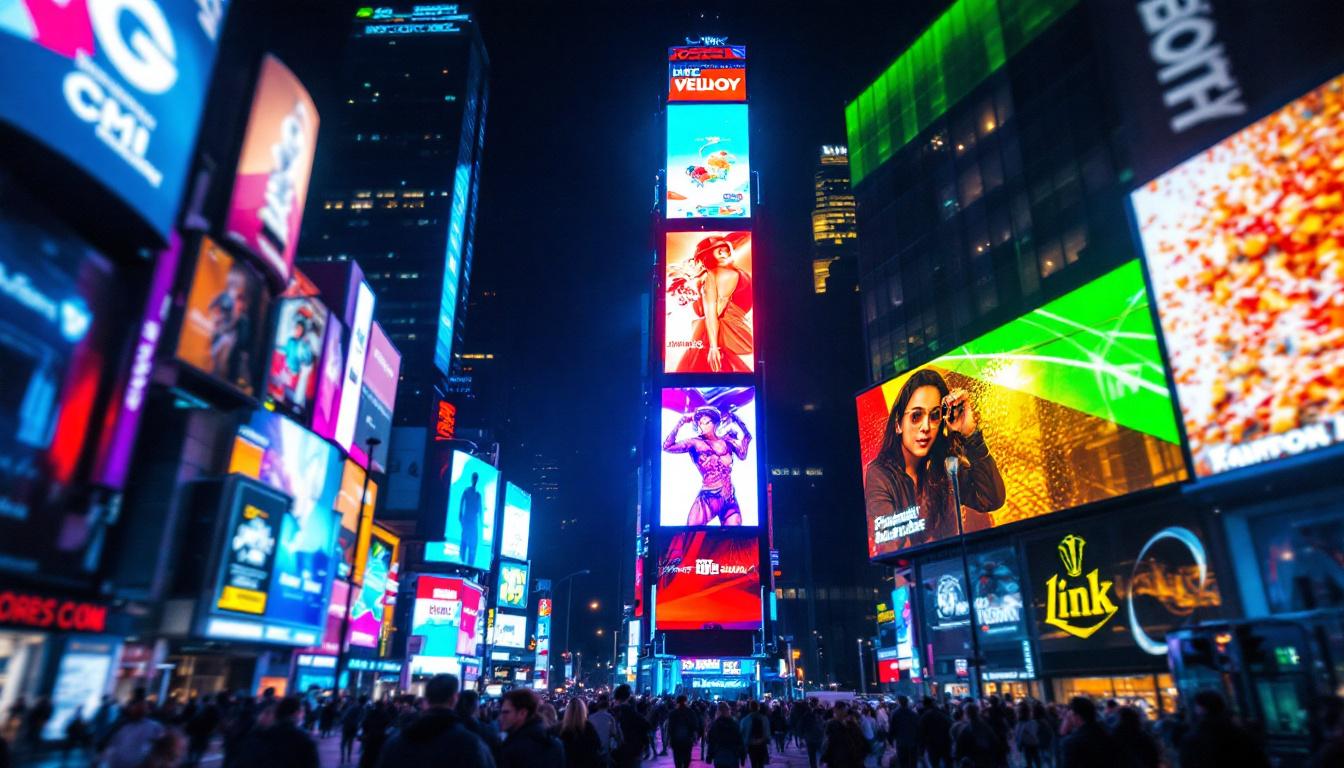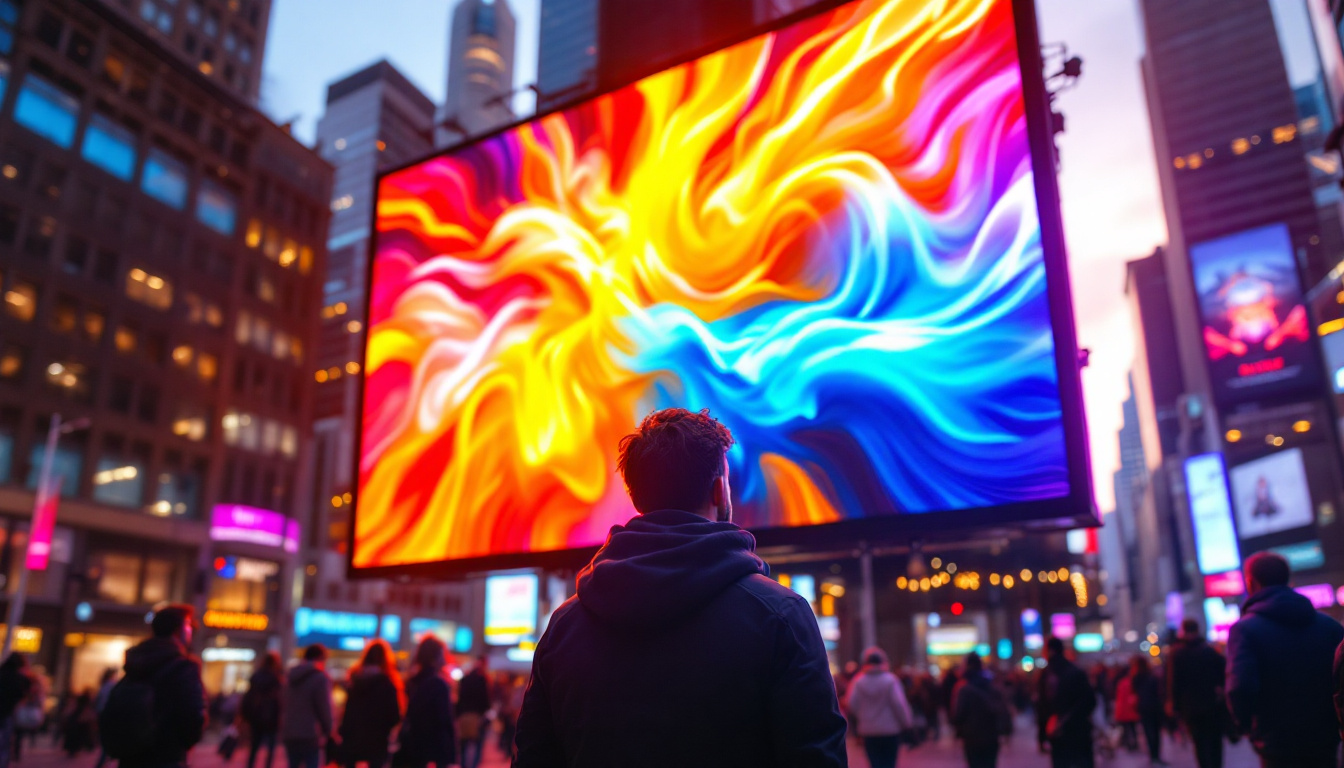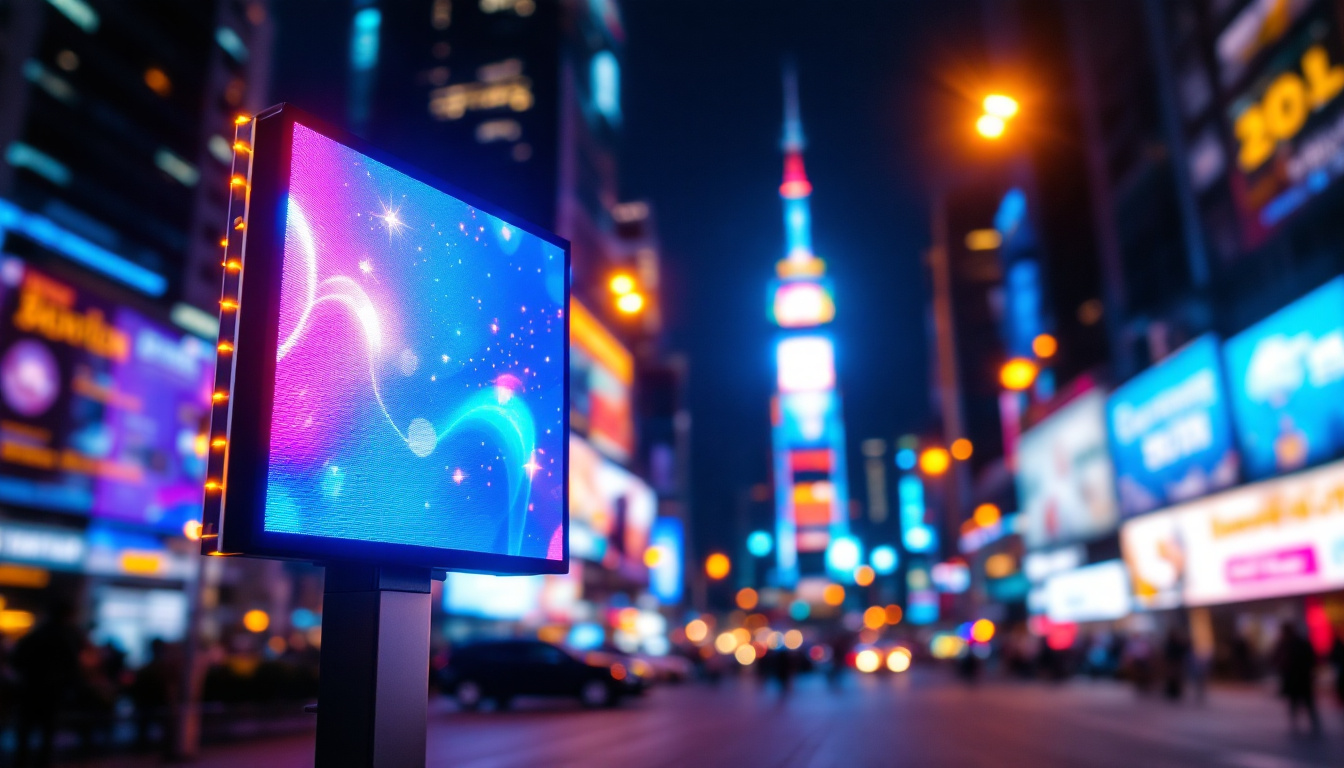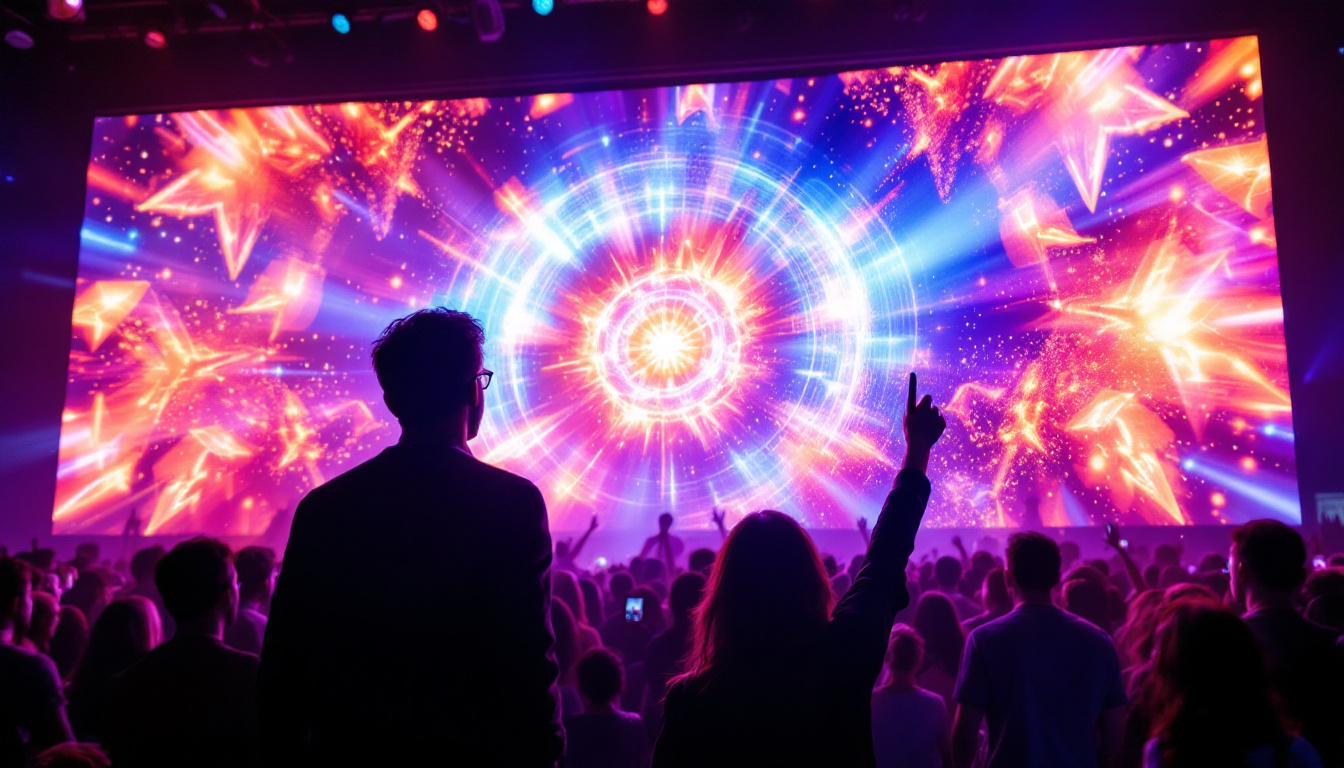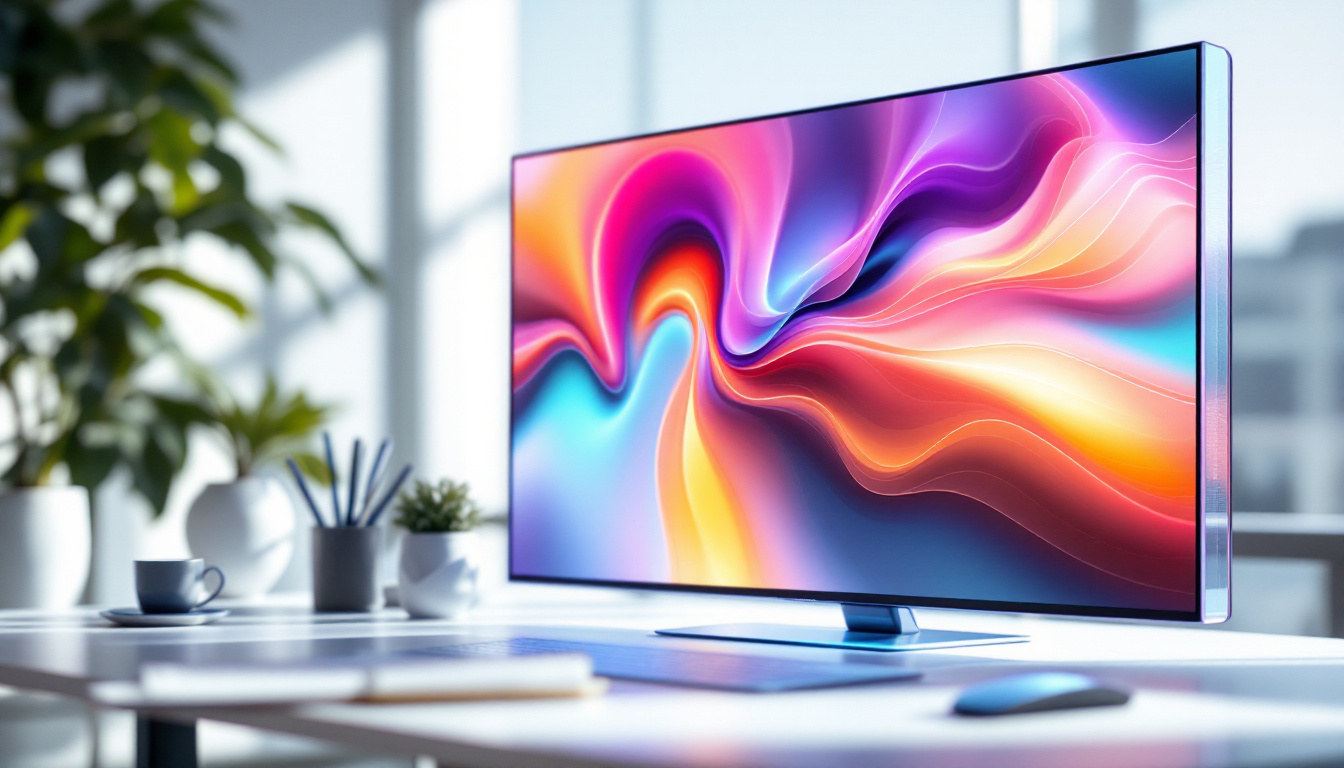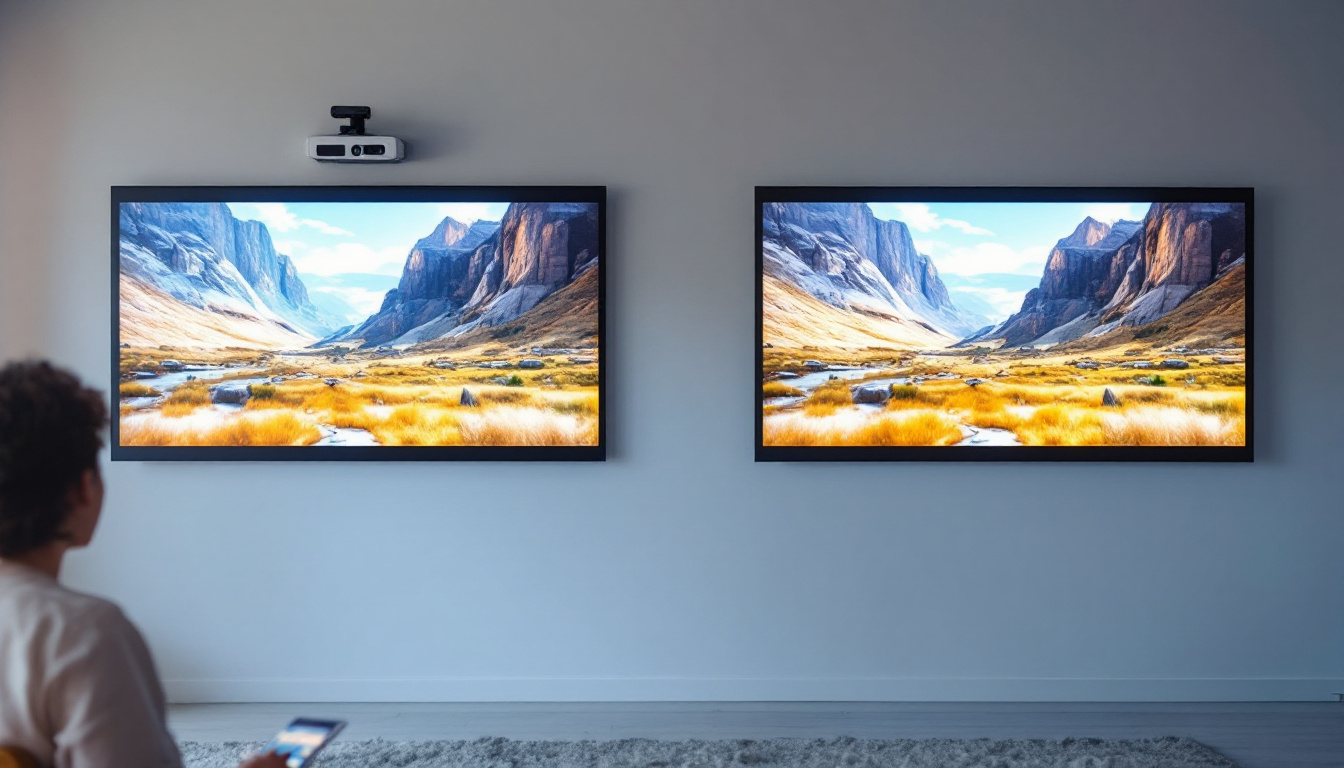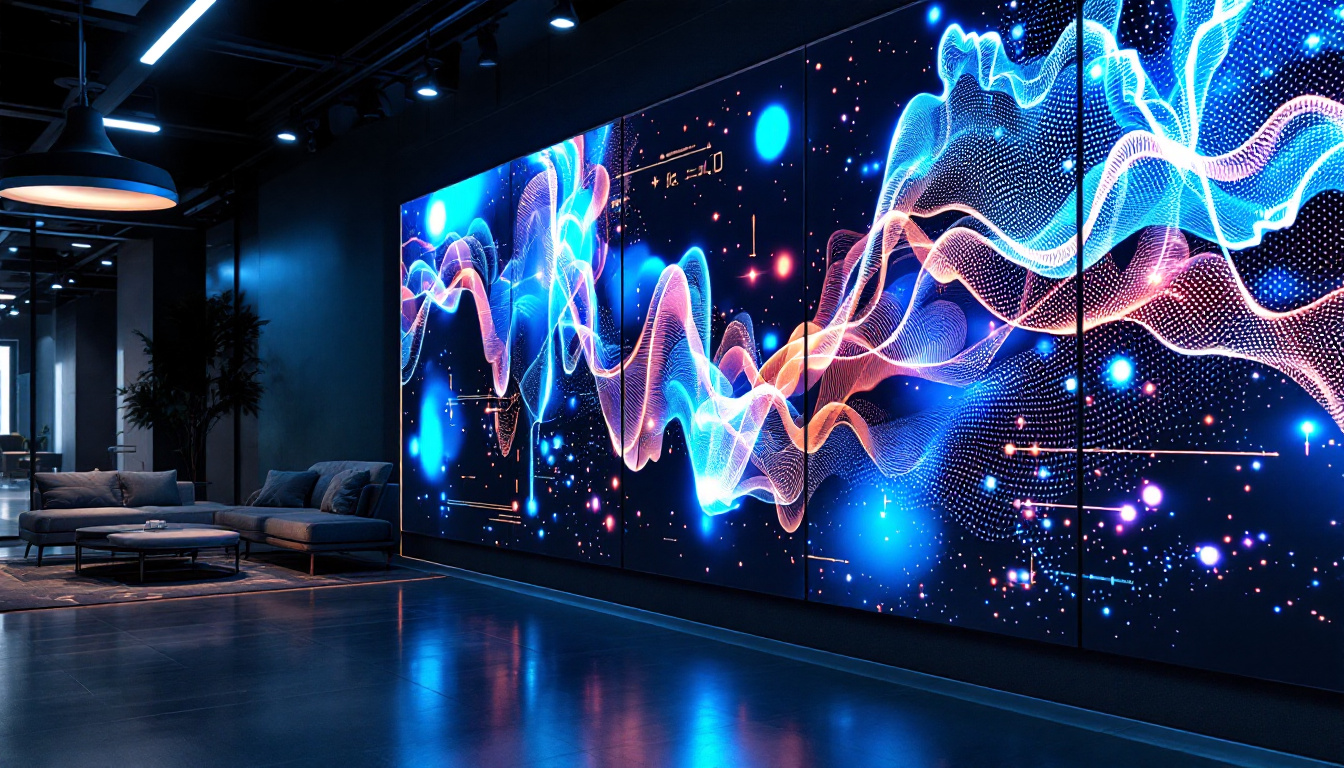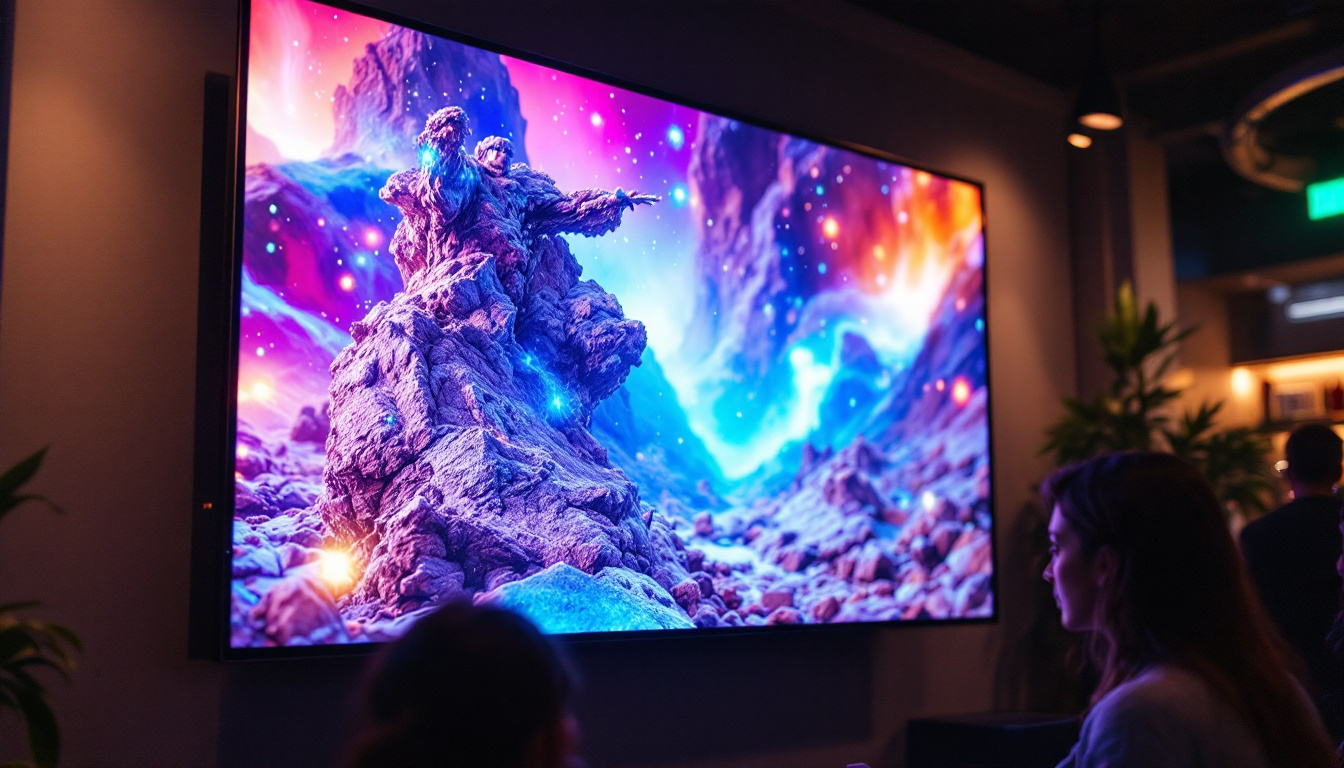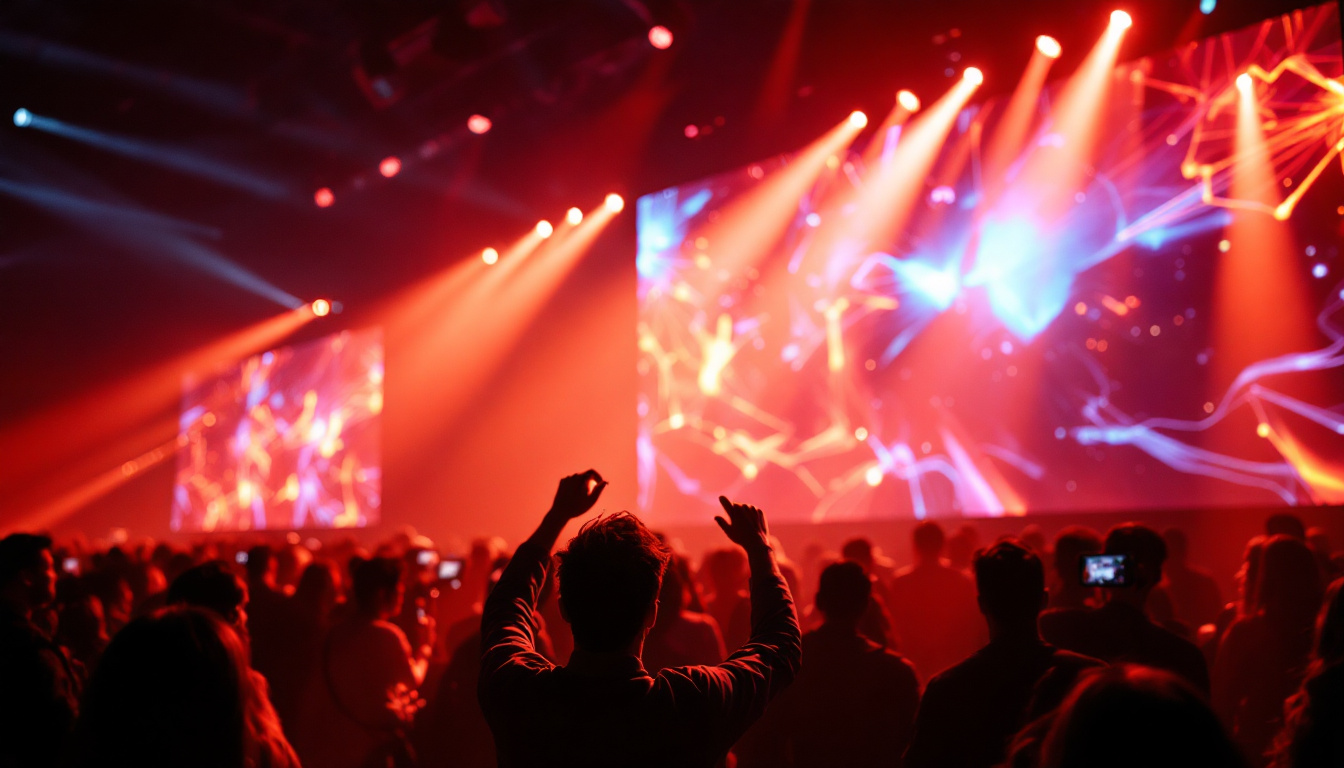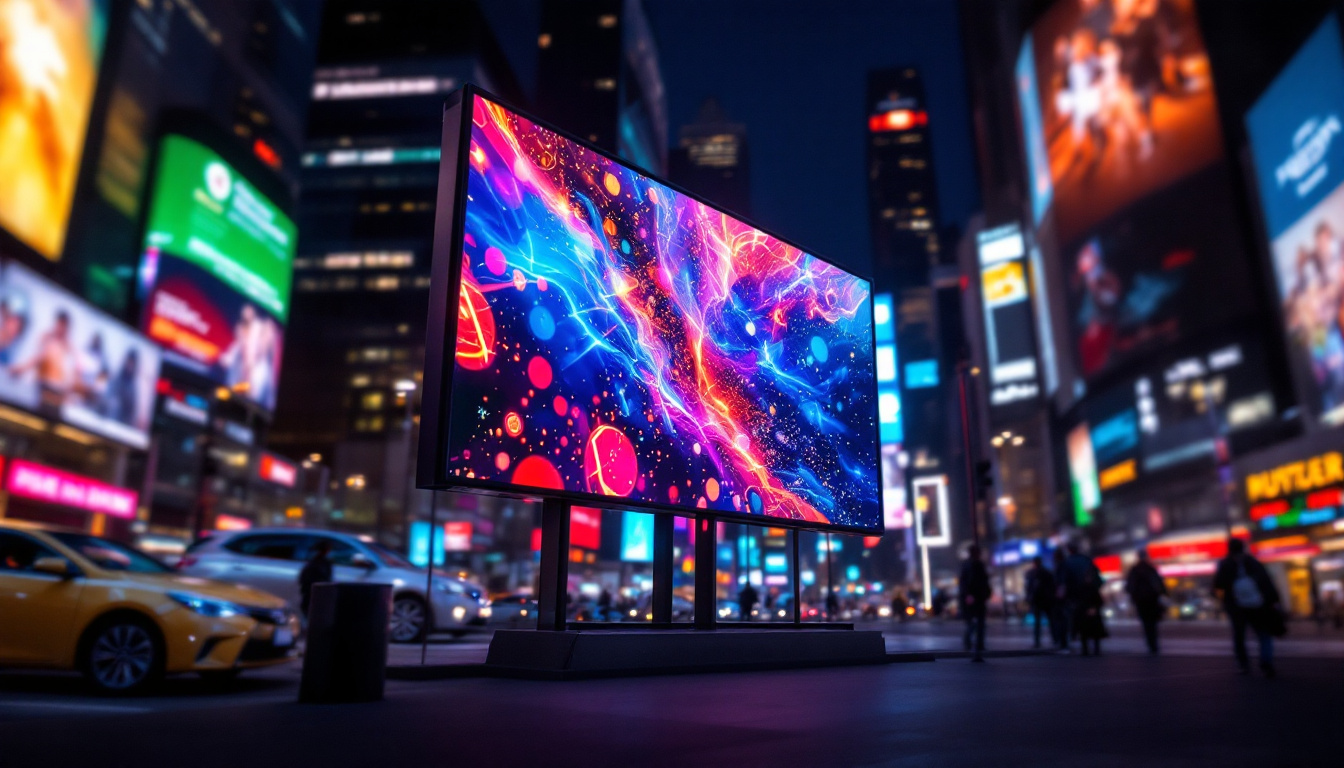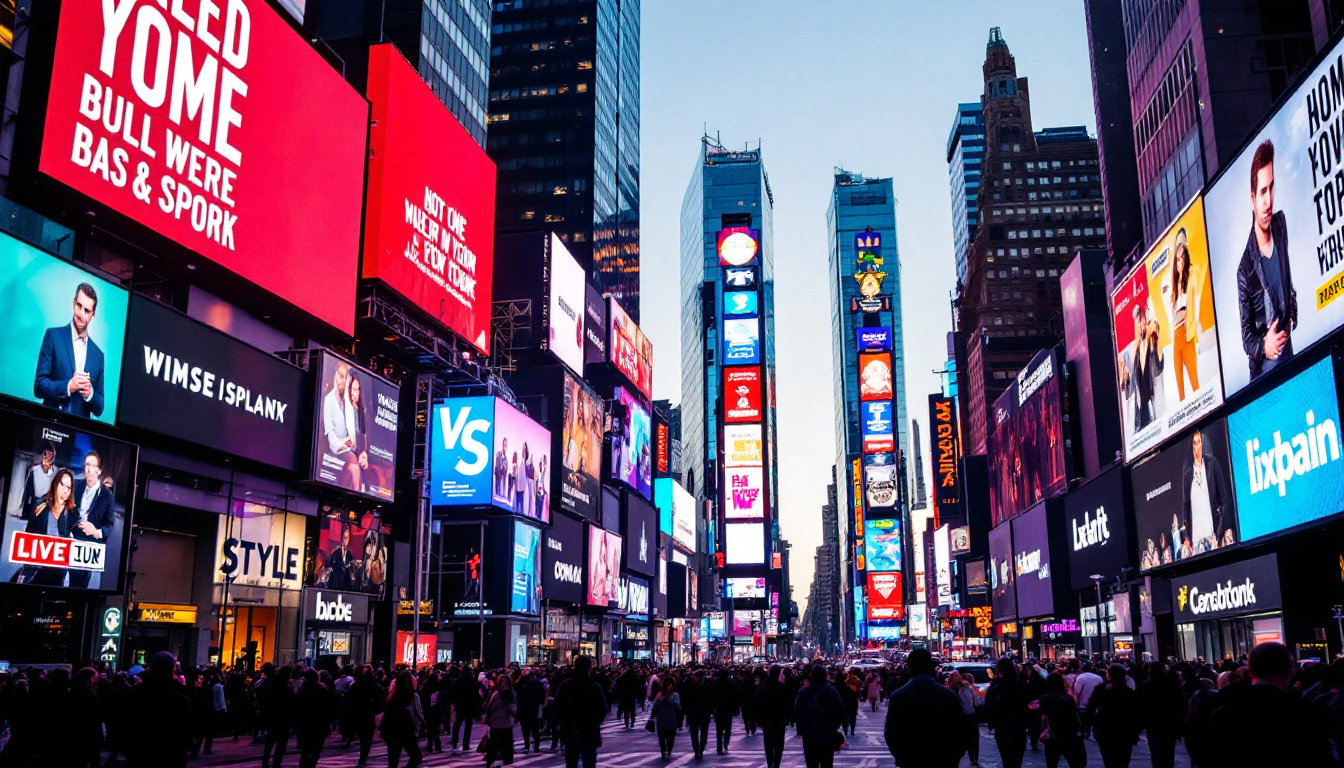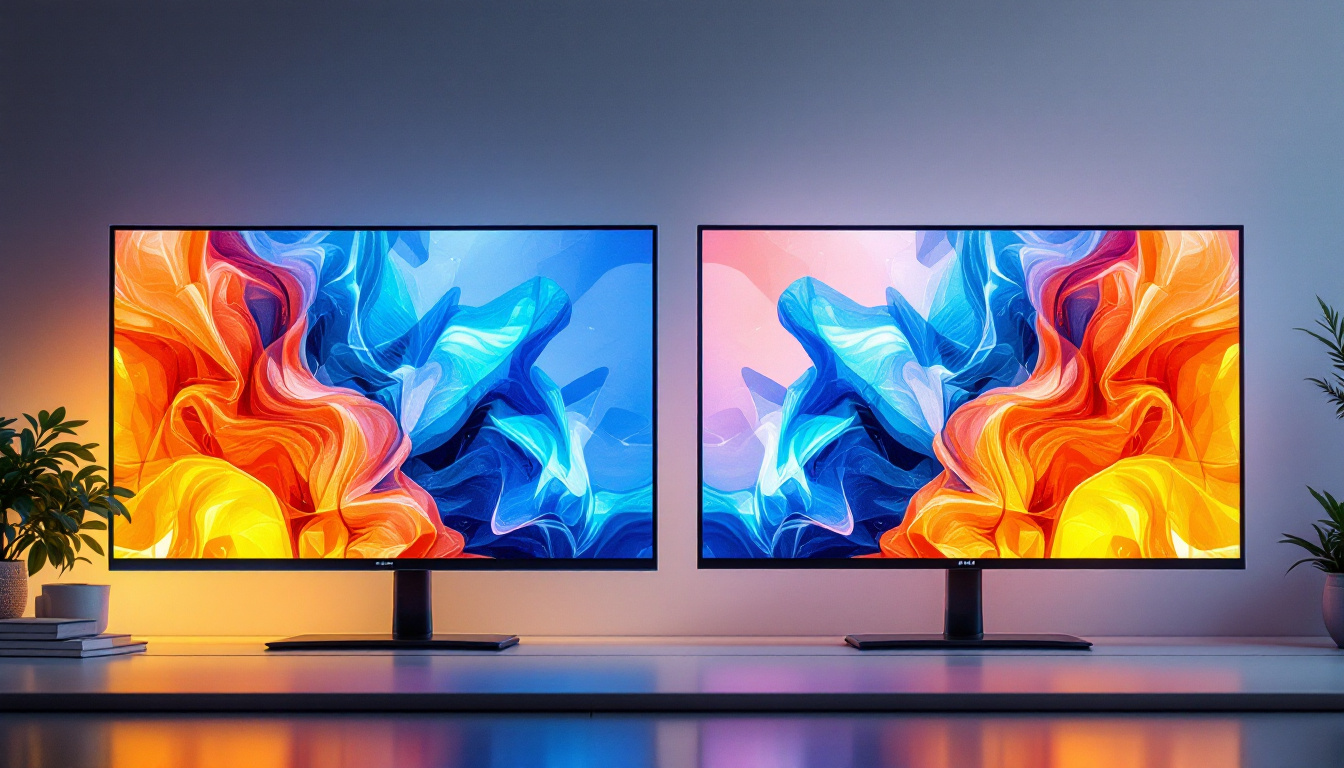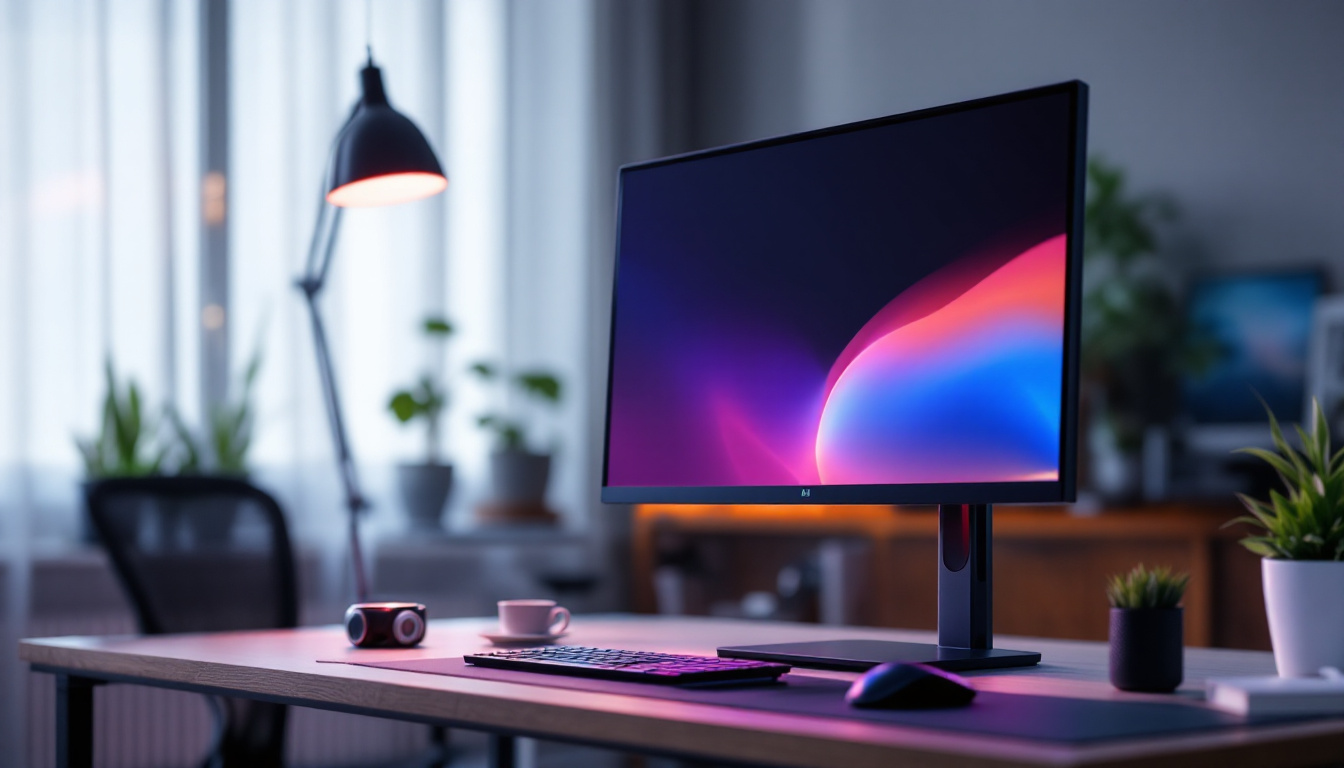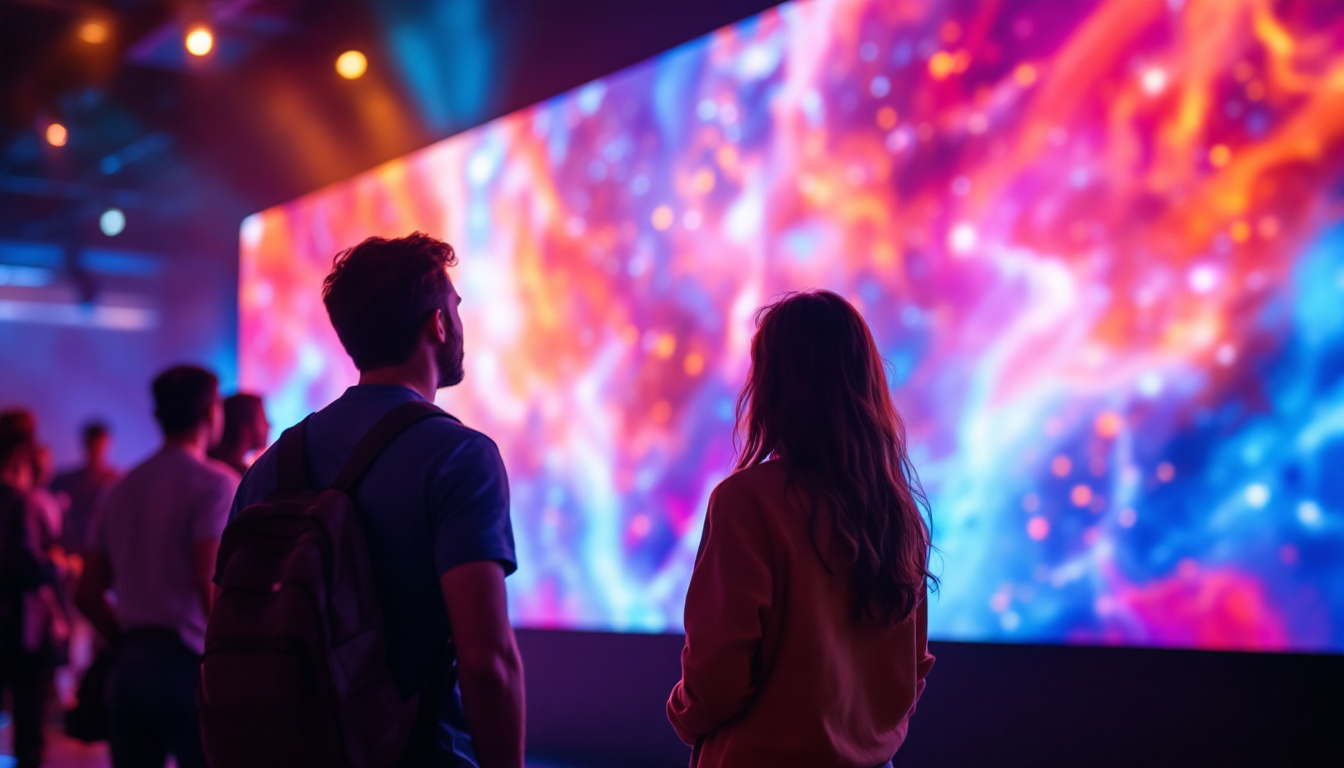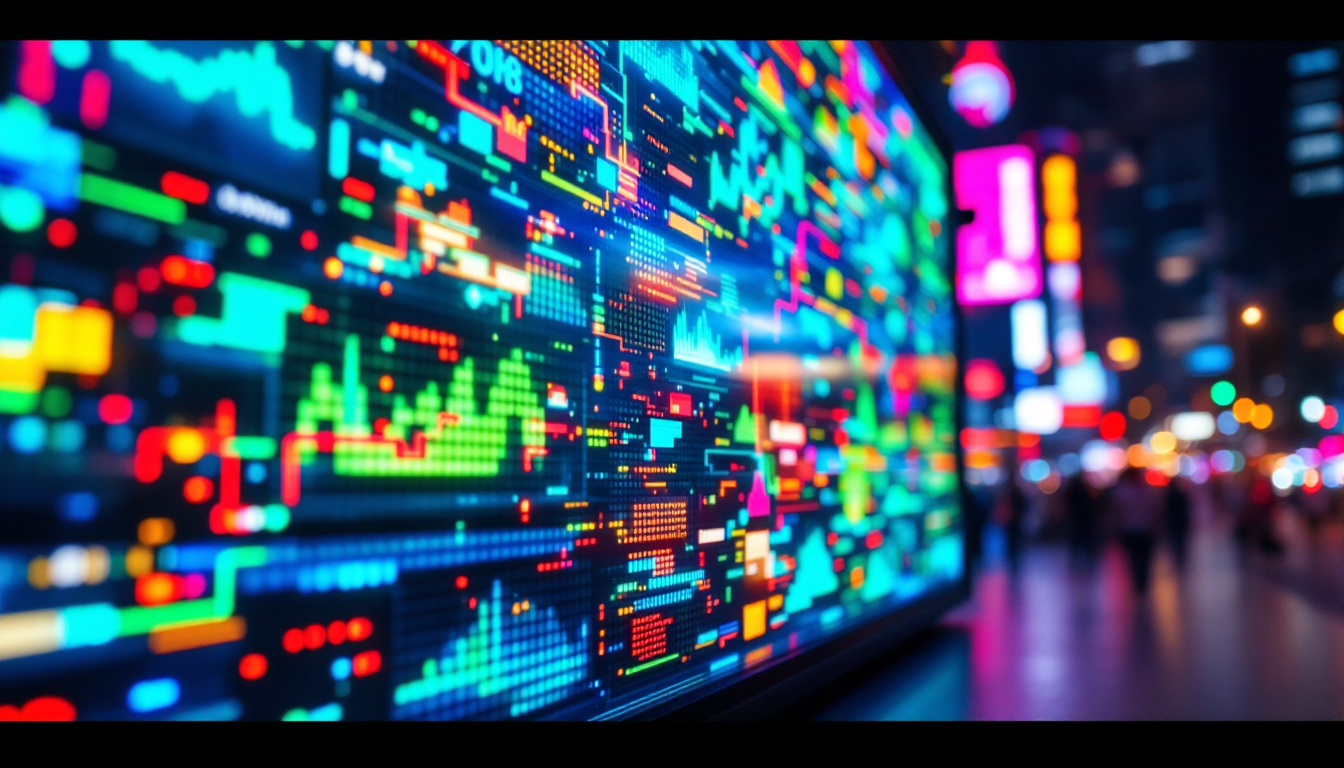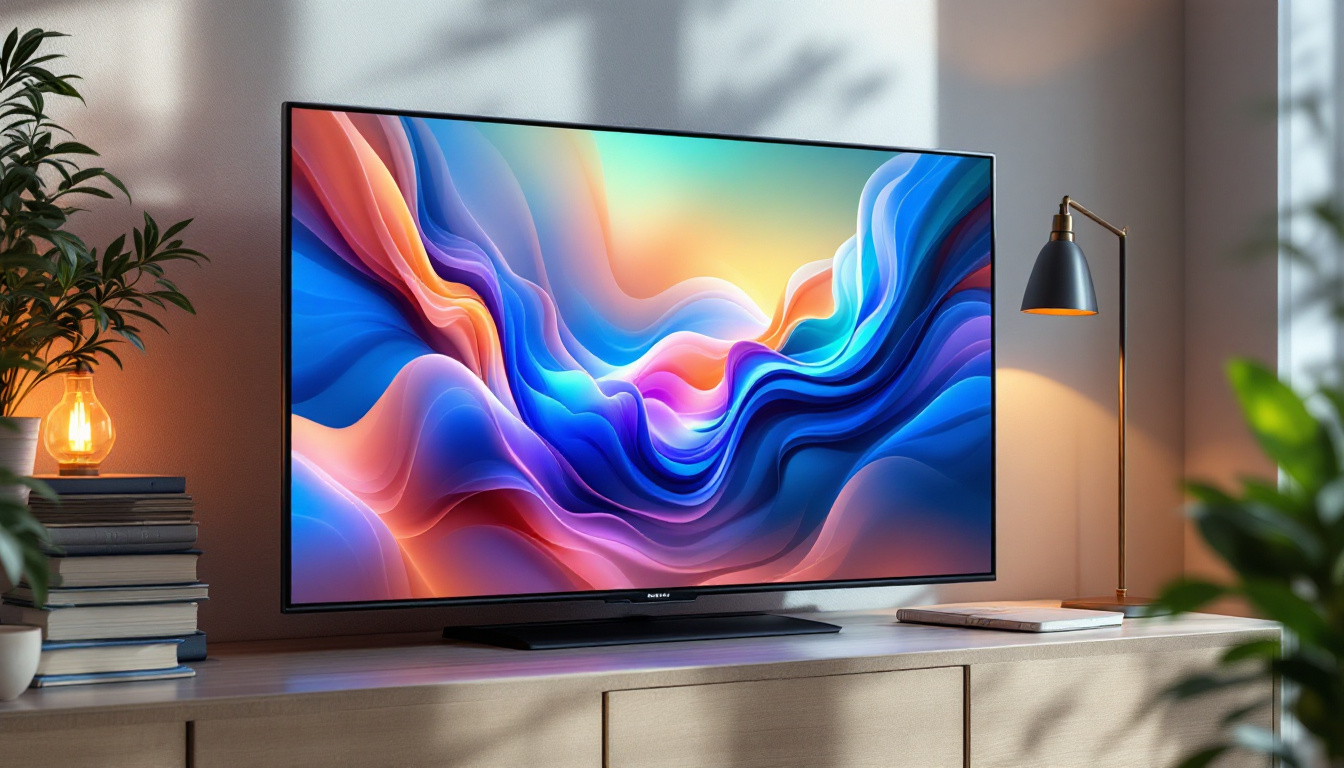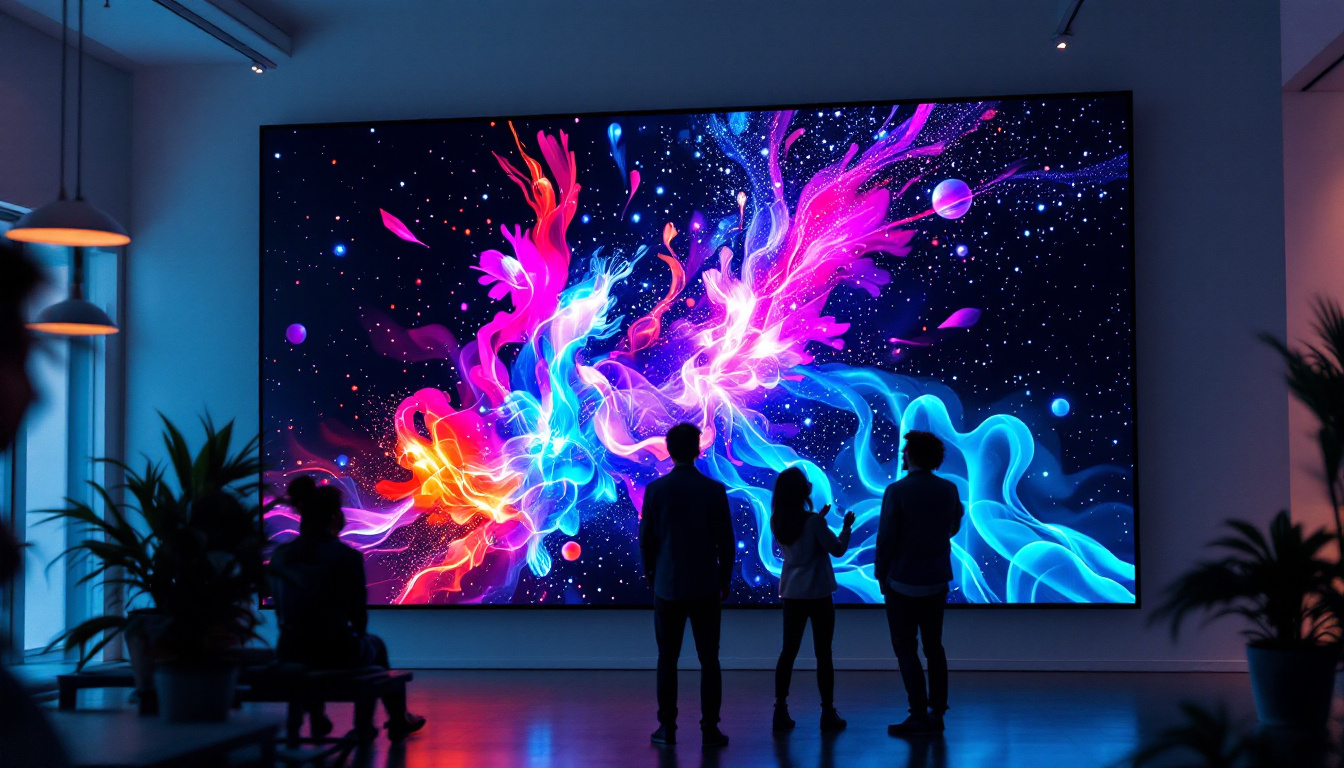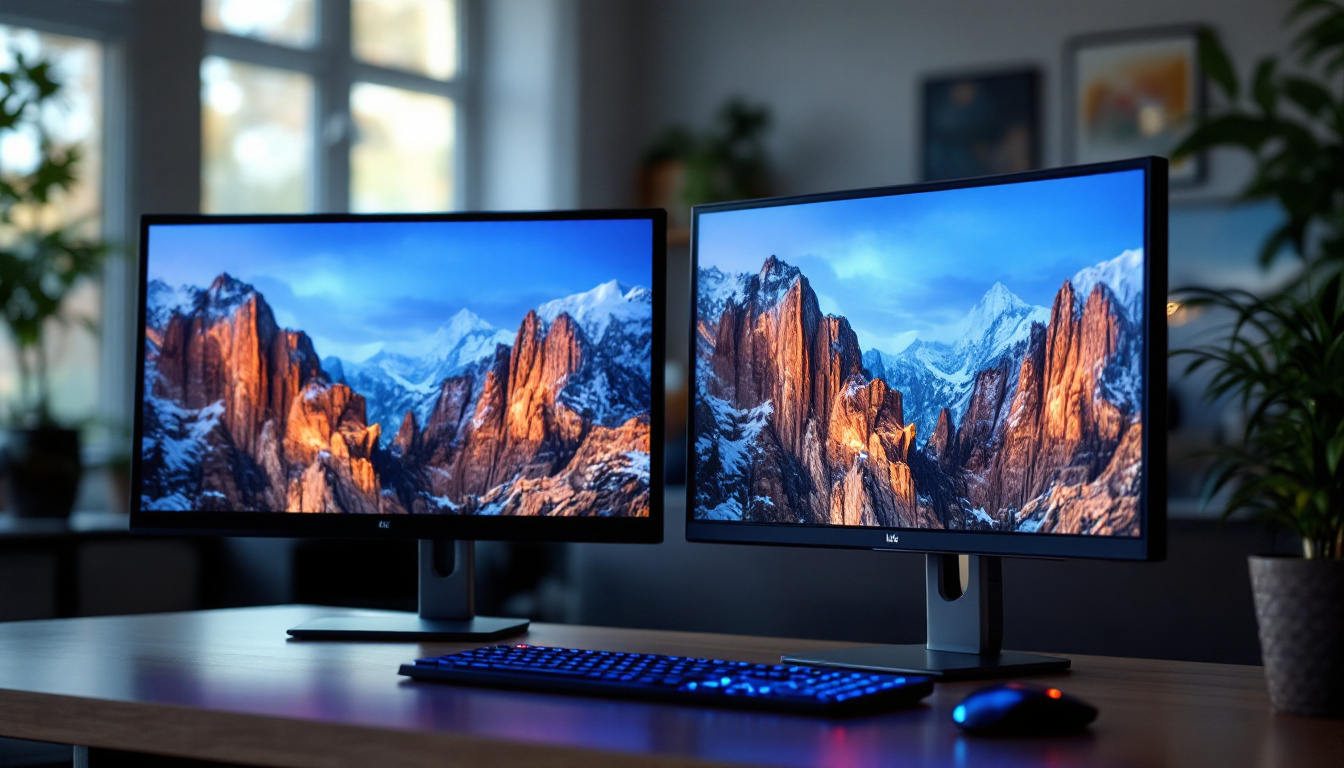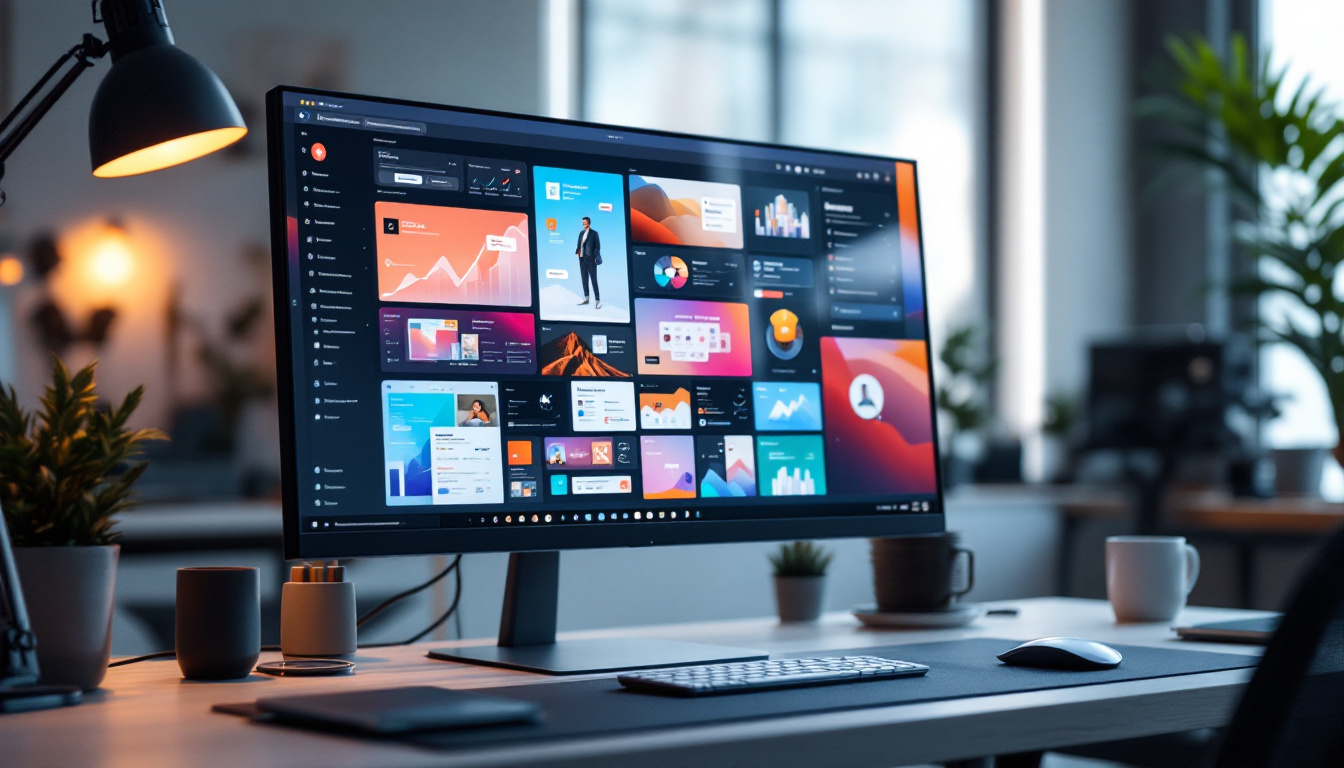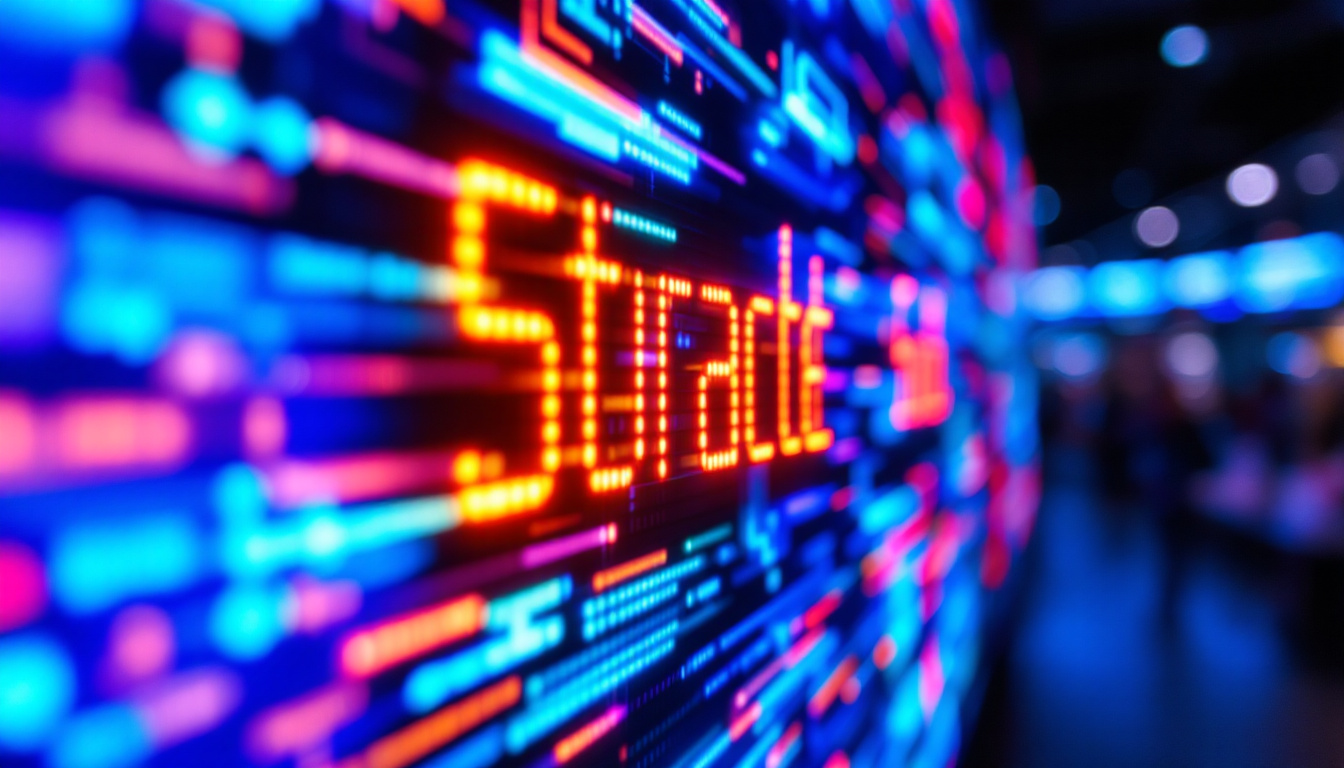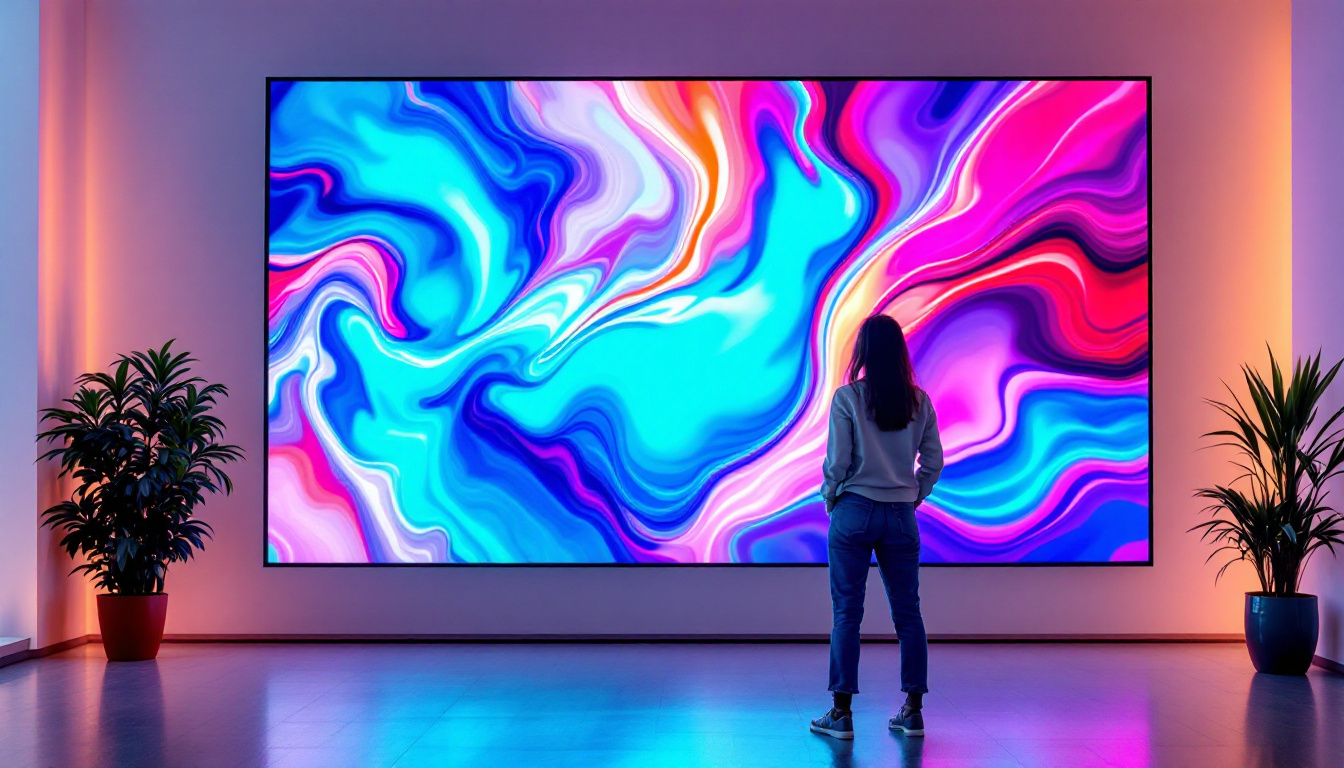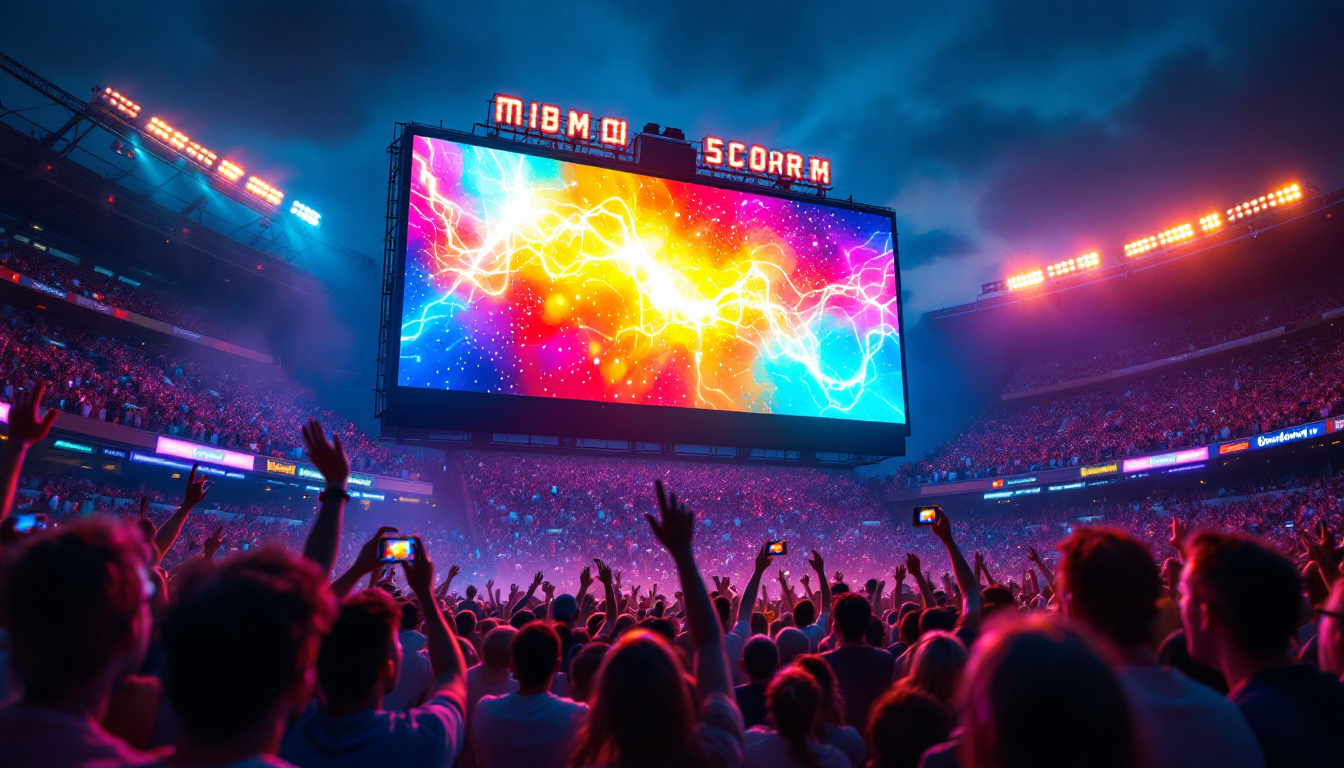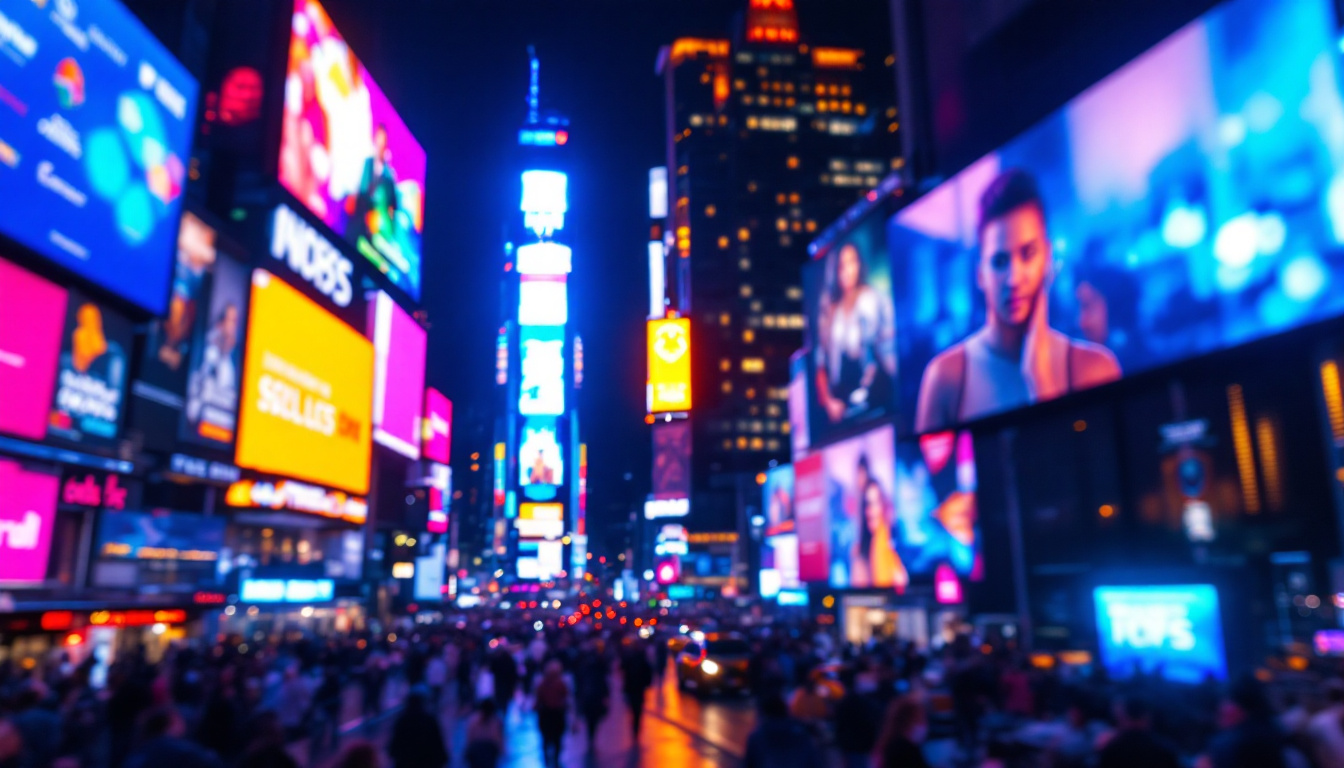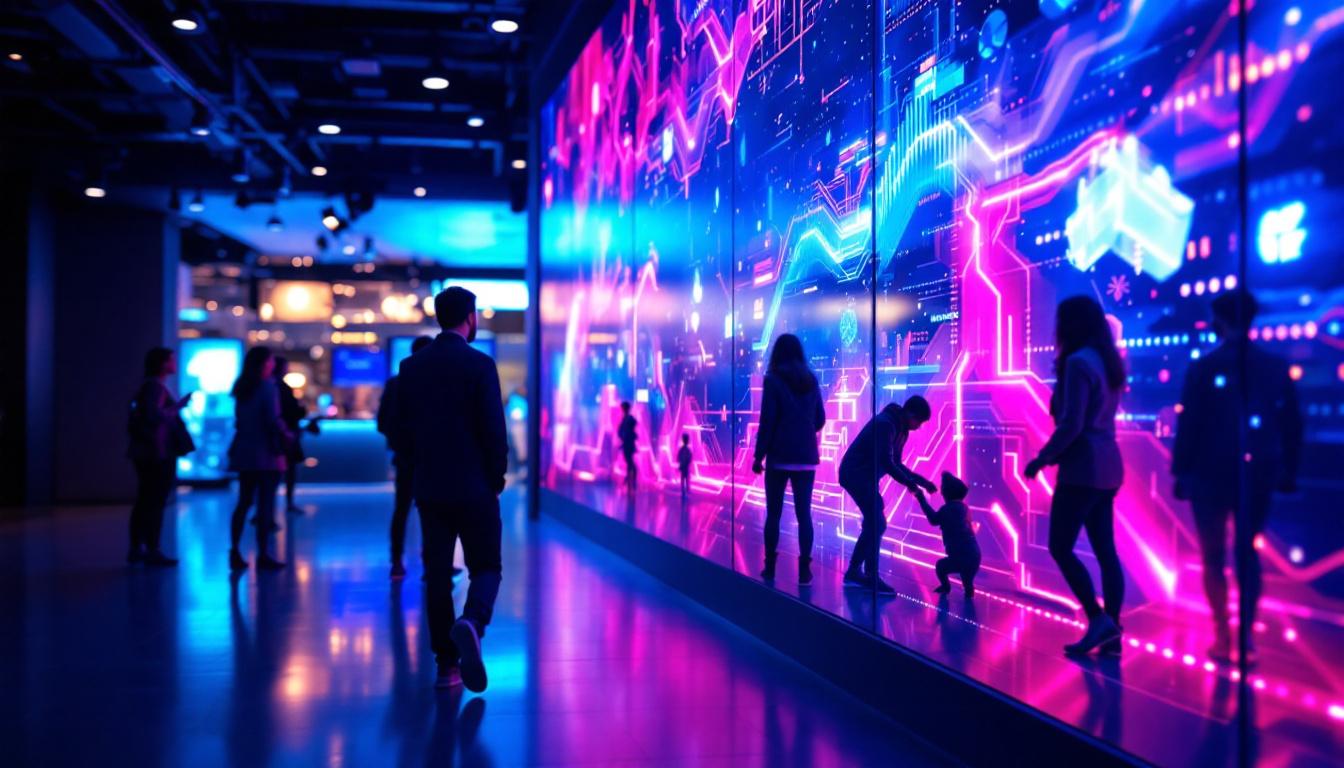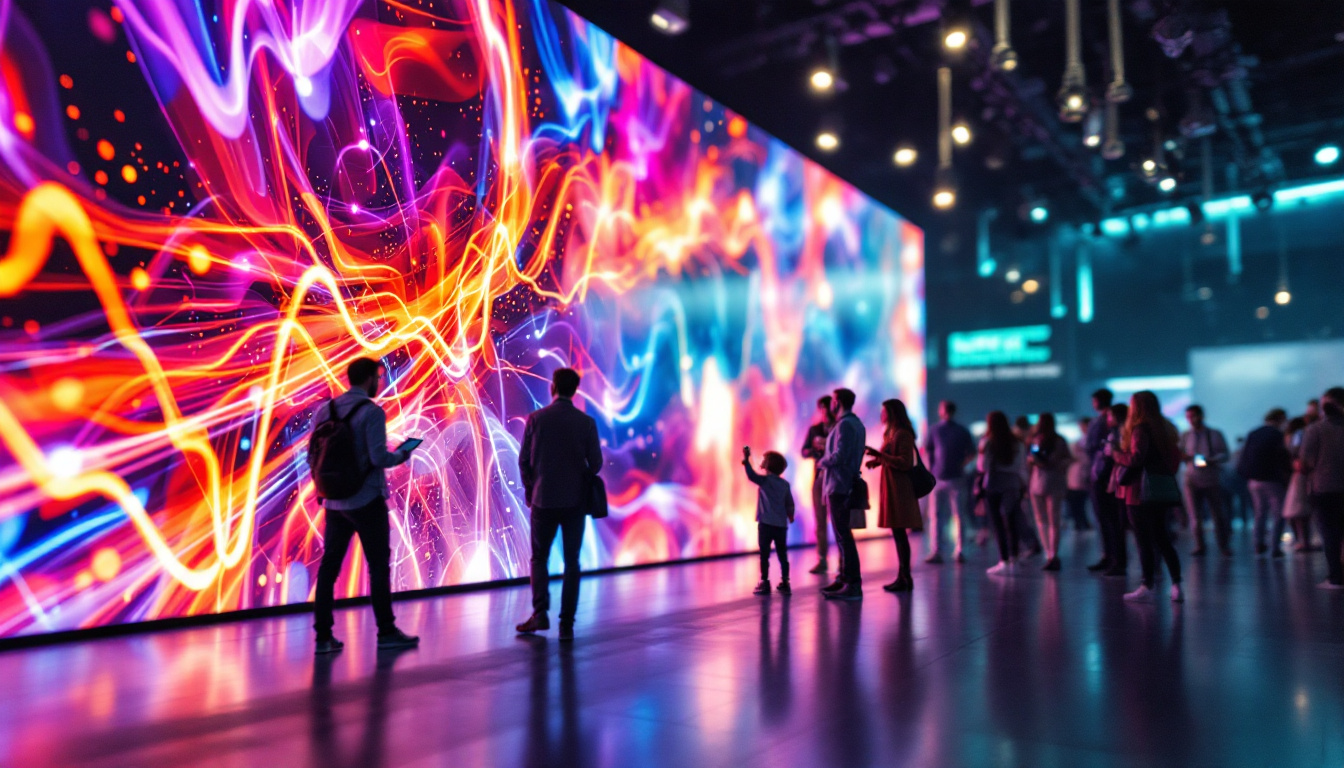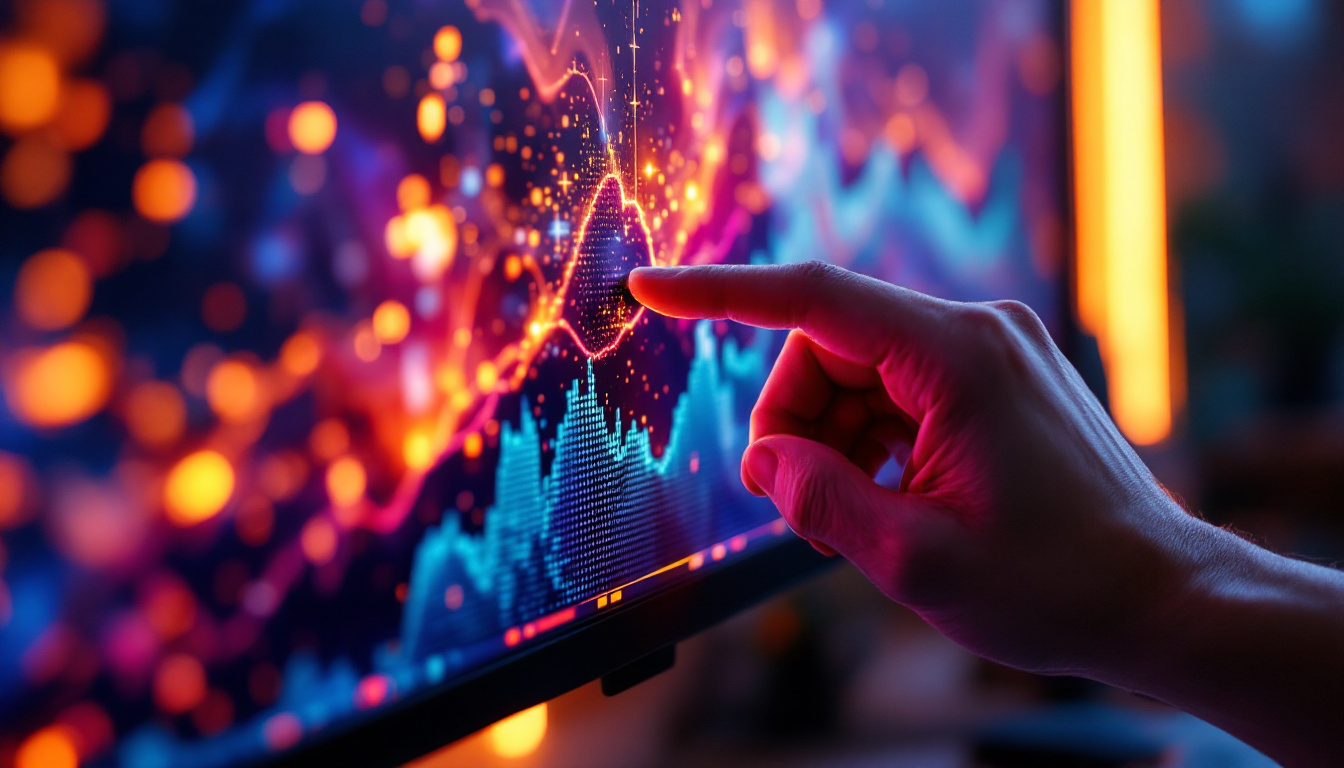In the world of modern architecture and event management, the need for flexible and dynamic solutions is paramount. One such solution that has gained immense popularity is the temporary wall, particularly when enhanced with LED displays. This article delves into the intricacies of building a temporary wall with LED displays, exploring its benefits, applications, and the technology behind it.
Understanding Temporary Walls
temporary walls serve as versatile partitions that can be installed and removed with ease. They are commonly used in various settings, including exhibitions, conferences, and even residential spaces during renovations. The primary purpose of these walls is to create distinct areas within a larger space without the permanence of traditional construction.
Types of Temporary Walls
There are several types of temporary walls, each designed to meet specific needs. The most common types include:
- Modular Walls: These are pre-fabricated panels that can be easily assembled and disassembled. They are often used in trade shows and events.
- Fabric Walls: Made from lightweight materials, fabric walls are easy to transport and set up. They can also be printed with custom designs for branding purposes.
- Hard Walls: More robust than their counterparts, hard walls provide a solid structure and are often used in more permanent applications, though they can still be temporary.
Each type of temporary wall has its own set of advantages, making them suitable for different environments and requirements. The choice of wall type often depends on factors such as the intended use, aesthetic preferences, and budget constraints.
Benefits of Temporary Walls
Temporary walls offer numerous advantages that make them an attractive option for various applications. Some of the key benefits include:
- Flexibility: Temporary walls can be reconfigured or relocated as needed, allowing for adaptable space management.
- Cost-Effectiveness: Compared to permanent construction, temporary walls are generally more affordable, especially for short-term projects.
- Quick Installation: The installation process for temporary walls is typically faster than traditional building methods, minimizing disruption to ongoing activities.
These benefits make temporary walls an ideal choice for businesses and organizations looking to optimize their space without committing to long-term changes.
The Role of LED Displays
Integrating LED displays into temporary walls elevates their functionality and visual appeal. LED technology has transformed the way information is presented, making it more engaging and interactive. Whether for advertising, information dissemination, or entertainment, LED displays can significantly enhance the user experience.
Advantages of LED Displays
LED displays offer a range of advantages that make them a popular choice for temporary walls:
- High Visibility: LED displays are bright and vibrant, ensuring that content is easily visible even in well-lit environments.
- Dynamic Content: Unlike static displays, LED screens can showcase a variety of content, including videos, animations, and real-time data.
- Energy Efficiency: Modern LED technology is energy-efficient, reducing operational costs while providing high-quality visuals.
These benefits contribute to the growing trend of incorporating LED displays into temporary wall designs, making them more than just physical barriers but also dynamic communication tools.
Applications of LED Displays in Temporary Walls
The applications of LED displays in temporary walls are vast and varied. Here are a few notable examples:
- Trade Shows and Exhibitions: Companies often use temporary walls with LED displays to create immersive booths that attract attention and engage visitors.
- Corporate Events: Temporary walls can be used to segment spaces during conferences, with LED displays providing essential information and branding.
- Retail Spaces: During product launches or seasonal promotions, retailers can use temporary walls with LED displays to highlight new offerings and create a unique shopping experience.
These applications demonstrate the versatility of LED displays in enhancing the functionality and aesthetic of temporary walls across various industries.
Building a Temporary Wall with LED Display
Constructing a temporary wall with an integrated LED display involves several steps. Each step must be carefully planned and executed to ensure a successful outcome.
Planning and Design
The first step in building a temporary wall with an LED display is thorough planning and design. This phase involves determining the purpose of the wall, the desired dimensions, and the type of LED display to be used.
Considerations during this phase should include:
- Target Audience: Understanding who will interact with the wall can help tailor the design and content.
- Content Strategy: Planning what type of content will be displayed is crucial for maximizing engagement.
- Space Constraints: Measuring the space accurately ensures that the wall fits seamlessly into the environment.
Materials and Equipment
Once the design is finalized, the next step is to gather the necessary materials and equipment. This typically includes:
- Wall Panels: Depending on the type of temporary wall chosen, panels may be modular, fabric, or hard.
- LED Display Panels: Selecting the right size and resolution for the LED display is critical for achieving the desired visual impact.
- Mounting Hardware: Proper mounts and supports are essential for securely attaching the LED display to the temporary wall.
Ensuring that all materials are of high quality will contribute to the overall success of the installation.
Installation Process
The installation process for a temporary wall with an LED display can be broken down into several key steps:
- Assemble the Wall Structure: Begin by assembling the wall panels according to the design specifications. Ensure that the structure is stable and secure.
- Install the LED Display: Carefully mount the LED display panels onto the wall structure, following the manufacturer’s guidelines for installation.
- Connect Power and Data: Ensure that the LED display is properly connected to a power source and data input for content management.
- Test the Setup: Before the wall is put to use, conduct a thorough test of the LED display to ensure that all components are functioning correctly.
Following these steps will help ensure a smooth installation process, resulting in a visually appealing and functional temporary wall.
Content Management for LED Displays
Once the temporary wall with LED display is installed, the next crucial step is content management. The content displayed on the LED screen can significantly impact the effectiveness of the wall in achieving its intended purpose.
Creating Engaging Content
Creating engaging content for LED displays requires a strategic approach. Here are some tips to consider:
- Keep It Simple: Use concise messaging that can be easily understood at a glance. Avoid cluttering the screen with too much information.
- Use High-Quality Visuals: Invest in high-resolution images and videos to ensure that the content looks professional and appealing.
- Incorporate Interactive Elements: If possible, include interactive features that allow viewers to engage with the content, such as touch screens or QR codes.
By focusing on these elements, the content displayed on the LED screen can capture attention and effectively communicate the intended message.
Content Scheduling and Updates
Managing content on LED displays involves regular updates and scheduling. Depending on the event or purpose of the temporary wall, the content may need to change frequently. Here are some strategies for effective content management:
- Use Content Management Software: Implementing software designed for managing digital signage can streamline the process of updating and scheduling content.
- Plan Ahead: Develop a content calendar that outlines when and what content will be displayed, ensuring that updates are timely and relevant.
- Monitor Performance: Analyze viewer engagement and feedback to understand what content resonates best with the audience and make adjustments accordingly.
Effective content management is key to maximizing the impact of the LED display integrated into the temporary wall.
Challenges and Considerations
While building a temporary wall with an LED display offers many advantages, there are also challenges and considerations that must be addressed to ensure success.
Technical Challenges
Integrating technology into temporary structures can present technical challenges, such as:
- Power Supply: Ensuring a reliable power source for the LED display is crucial, especially in outdoor or temporary settings.
- Data Connectivity: Maintaining a stable data connection for content updates can be challenging, particularly in areas with limited connectivity.
- Weather Considerations: For outdoor installations, weatherproofing the LED display and wall structure is essential to prevent damage.
Addressing these technical challenges during the planning phase can help mitigate potential issues during installation and operation.
Regulatory Considerations
Depending on the location and purpose of the temporary wall, there may be regulatory considerations to keep in mind:
- Building Codes: Ensure that the temporary wall complies with local building codes and regulations regarding safety and structural integrity.
- Permits: Some locations may require permits for temporary structures, especially if they are installed in public spaces.
- Accessibility Standards: Consideration for accessibility is essential, ensuring that the wall and any interactive elements are usable by all individuals.
Being aware of and addressing these regulatory considerations can prevent legal issues and ensure a smooth installation process.
Future Trends in Temporary Walls and LED Displays
As technology continues to evolve, the future of temporary walls and LED displays looks promising. Several trends are emerging that could shape the way these structures are designed and utilized.
Advancements in LED Technology
Advancements in LED technology are making displays even more versatile and efficient. Innovations such as flexible LED panels and transparent displays are opening new possibilities for temporary wall designs. These advancements allow for more creative applications, enabling designers to explore unique configurations and aesthetics.
Sustainability Considerations
With growing awareness of environmental issues, sustainability is becoming a key consideration in the design and construction of temporary walls. Using eco-friendly materials and energy-efficient LED displays can help reduce the environmental impact of these structures. Additionally, the ability to reuse and recycle components will become increasingly important in the future.
Integration with Smart Technology
The integration of smart technology into temporary walls is another trend to watch. Features such as IoT connectivity and remote content management can enhance the functionality of LED displays, allowing for real-time updates and interaction. This integration can create a more dynamic and engaging experience for users.
As these trends continue to develop, the potential for temporary walls and LED displays will expand, offering new opportunities for creativity and innovation in various industries.
Conclusion
Building a temporary wall with an integrated LED display is a powerful solution for creating dynamic and engaging spaces. With the right planning, materials, and content management strategies, these structures can effectively serve a variety of purposes, from enhancing brand visibility at trade shows to creating immersive environments at corporate events.
As technology continues to evolve, the possibilities for temporary walls and LED displays will only expand, paving the way for innovative applications that meet the needs of modern businesses and organizations. Embracing this trend can provide a competitive edge, allowing for flexibility and creativity in space management and communication.
Discover LumenMatrix LED Display Solutions
Ready to transform your space with the dynamic and flexible solutions discussed in this article? LumenMatrix is at the forefront of LED display technology, offering a wide range of innovative products designed to elevate your brand and captivate your audience. From immersive Indoor and Outdoor LED Wall Displays to versatile Vehicle and Floor LED Displays, our mission is to revolutionize visual communication. Experience the power of our Custom, All-in-One, and Transparent LED Displays. Check out LumenMatrix LED Display Solutions today and start creating unforgettable visual experiences.

